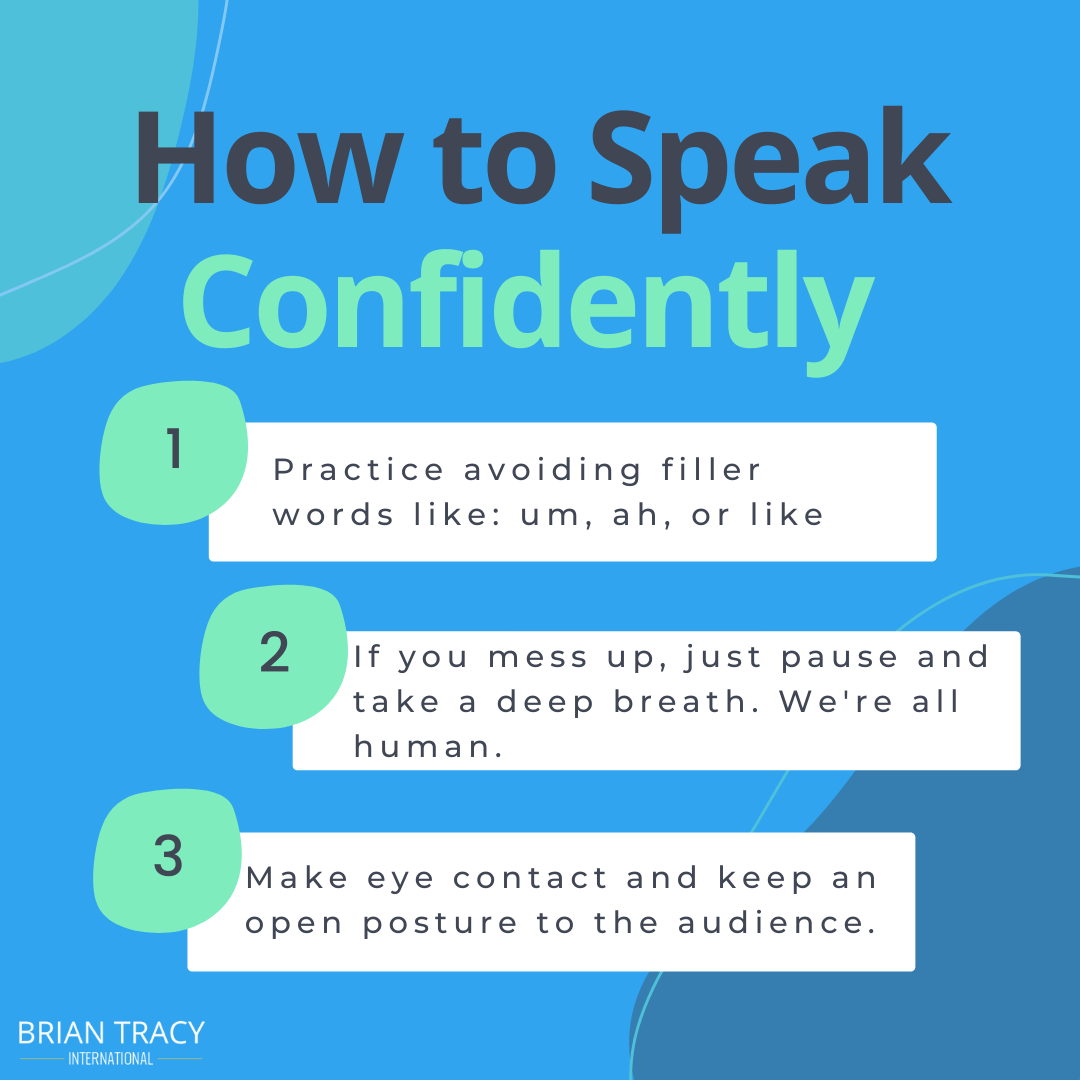How To Sound More Confident When Talking

In today's fast-paced world, projecting confidence is crucial in both personal and professional settings. But for many, speaking with assurance can feel like an elusive skill. Understanding the mechanics of confident communication and practicing key techniques can empower individuals to express themselves more effectively.
This article explores actionable strategies for enhancing vocal delivery, body language, and mindset, enabling readers to speak with greater conviction and impact. Mastering these skills can improve communication in various scenarios, from presentations to everyday conversations. It can enhance one's influence and create a more positive impression.
The Building Blocks of Confident Communication
Confident communication is built on a three-legged stool: vocal delivery, body language, and mindset. Each element reinforces the others, creating a cohesive and impactful presence.
Vocal Delivery: Speaking with Authority
Vocal delivery plays a significant role in perceived confidence. A clear and steady voice conveys assurance, while mumbling or speaking too quickly can undermine credibility. Consciously controlling the pace and volume of speech is essential.
Practice speaking at a moderate pace, allowing listeners to absorb the information. Avoid uptalk, the habit of ending sentences with a rising intonation, which can make statements sound like questions. Articulation is also key; enunciate words clearly to avoid misunderstandings.
"The voice is a powerful instrument. Learn to control it, and you control your message," says Dr. Lillian Glass, a communication expert.
Body Language: Projecting Confidence Nonverbally
Nonverbal cues often speak louder than words. Maintaining good posture, making eye contact, and using purposeful gestures can significantly enhance perceived confidence. Avoid fidgeting or slouching, which can signal nervousness or insecurity.
Eye contact is particularly crucial; it demonstrates engagement and sincerity. Look at people in the eye for a few seconds at a time, avoiding prolonged staring or darting glances. Open body language, such as uncrossed arms and a relaxed stance, conveys openness and receptivity.
Mirroring the body language of the person you're speaking with can also build rapport and create a sense of connection.
Mindset: Cultivating Inner Confidence
Ultimately, true confidence stems from within. A positive and self-assured mindset is essential for projecting confidence externally. This involves challenging negative self-talk and focusing on strengths.
Practice positive affirmations, repeating statements that reinforce self-belief. Visualize success, imagining yourself confidently delivering a presentation or handling a difficult conversation. Preparation is also a powerful tool for boosting confidence.
Thoroughly research the topic, anticipate potential questions, and rehearse the delivery. When you feel well-prepared, you're more likely to approach the situation with confidence.
Practical Techniques for Enhancing Confidence
Beyond the core elements, several practical techniques can further enhance communication confidence. One such technique is using pauses effectively. Silence can be a powerful tool, allowing listeners to process information and creating a sense of anticipation.
Also, learn to handle interruptions gracefully. Instead of becoming flustered, politely acknowledge the interruption and redirect the conversation back to the main point. Asking clarifying questions can also demonstrate confidence and engagement.
Finally, embracing vulnerability can be surprisingly empowering. Admitting when you don't know something or acknowledging a mistake can build trust and authenticity.
The Long-Term Impact of Confident Communication
Mastering the art of confident communication offers numerous benefits in all aspects of life. In professional settings, it can lead to career advancement, improved leadership skills, and stronger client relationships. In personal relationships, it can foster deeper connections, enhance communication, and improve conflict resolution.
The key is consistent practice and a willingness to step outside of your comfort zone. Start with small steps, gradually increasing the challenge as your confidence grows. With dedication and effort, anyone can learn to speak with greater assurance and impact.
Confident communication is not about being perfect; it's about effectively conveying your message and connecting with others. Embrace the journey, celebrate your progress, and never stop striving to improve. It is an ongoing process of growth and self-discovery.


![How To Sound More Confident When Talking How to Look & Sound More Confident [Infographic] - Best Infographics](https://www.best-infographics.com/wp-content/uploads/2018/03/12/How-to-Look-Sound-More-Confident-660x600.jpg)















